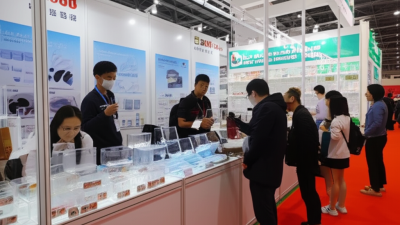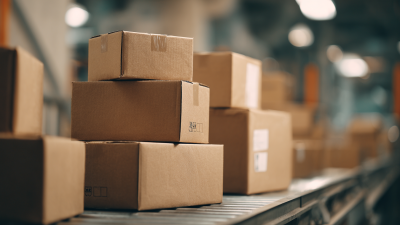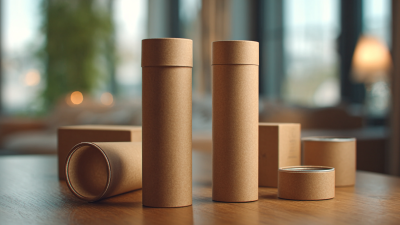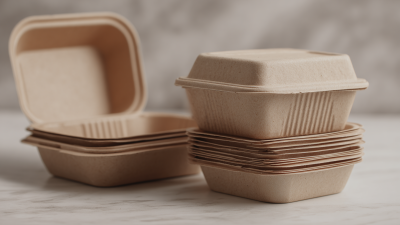As the global demand for sustainable products continues to rise, innovative packaging vendors are at the forefront of creating eco-friendly solutions that significantly reduce environmental impact. According to a recent report by Smithers Pira, the global sustainable packaging market is projected to reach $500 billion by 2027, growing at a CAGR of 6.7%. This shift is driven not only by regulatory pressures but also by increasing consumer preferences for environmentally responsible packaging. Companies are now seeking out packaging vendors who can provide alternatives that minimize plastic use and enhance recyclability. In response, these vendors are leveraging cutting-edge materials and technologies, such as bioplastics and paper-based solutions, to meet the evolving demands of both consumers and businesses. As we explore the integral role of these innovative packaging vendors, it is essential to understand how their contributions are shaping a more sustainable future for the packaging industry.
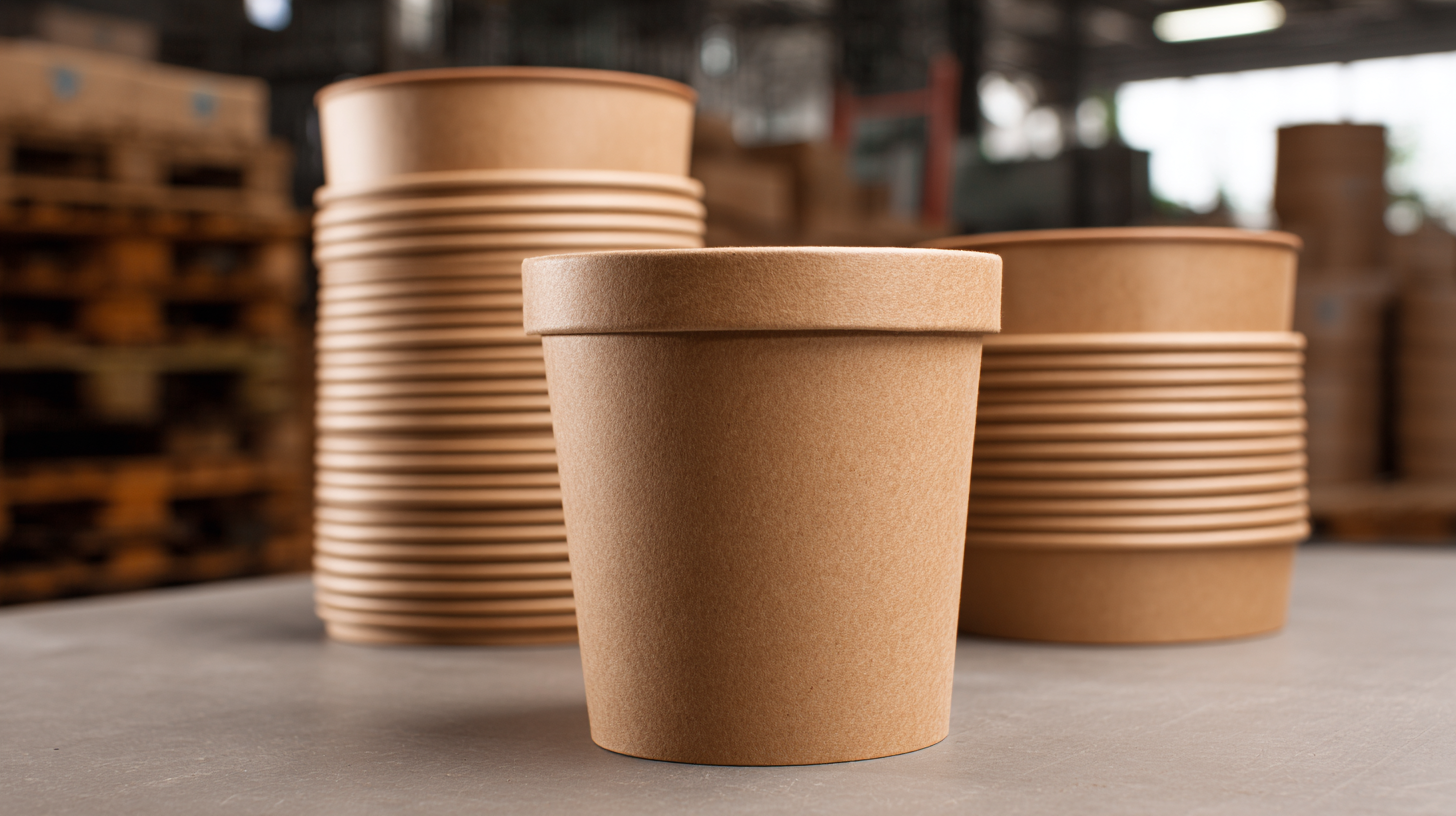
The increasing consumer awareness around environmental sustainability has spurred innovation in the packaging industry, leading to the emergence of eco-friendly solutions. Data highlights a significant trend towards materials that minimize waste and reduce carbon footprints, with a growing market for alternatives such as biodegradable plastic and plant-based packaging. As recycling initiatives gain traction globally, brands are increasingly adopting eco-conscious practices, leading to a notable rise in demand for sustainable packaging options.
Statistical insights reveal a projected growth trajectory for eco-friendly packaging, anticipating a CAGR of approximately 8.4% through the coming years. This shift is driven by both consumer expectations and regulatory pressures, as governments implement stricter guidelines for packaging waste management. Emerging technologies, such as intelligent packaging that monitors freshness and reduces spoilage, further reinforce the industry's transition towards sustainability. As companies harness these insights, the future of packaging will likely see an even greater emphasis on innovative solutions that meet ecological standards while satisfying consumer preferences.
The demand for eco-friendly packaging is reshaping the landscape of the packaging industry as leading vendors unveil innovative solutions that align with sustainability goals. According to recent studies, the global sustainable packaging market is projected to reach $600 billion by 2027, with a compound annual growth rate (CAGR) of 7.7%. This accelerated growth is driven by advancements in materials such as biodegradable plastics, recycled paper products, and plant-based alternatives that reduce environmental impact. Companies like Amcor and Sealed Air are at the forefront, implementing smart packaging technologies that not only enhance product preservation but also provide consumers with information about recycling and sustainability practices.
Tips: When choosing sustainable packaging solutions, consider products made from post-consumer recycled materials, as they can significantly lower carbon footprints. Additionally, look for vendors that prioritize transparency in their production processes — companies that showcase their sustainability metrics often align better with eco-conscious consumer values.
Moreover, innovations in design play a crucial role in minimizing waste. For instance, Nestlé has committed to making 100% of its packaging recyclable or reusable by 2025, proving that big companies can set ambitious sustainability targets while fostering a circular economy. Adopting minimalistic and modular designs can yield significant reductions in material usage, demonstrating that less can indeed be more in the pursuit of eco-friendly practices.
Innovative packaging is a critical component in the global shift towards sustainable practices. As highlighted during the recent events such as the Ecology Expo in Minsk, there is a burgeoning focus on eco-friendly solutions, particularly in packaging. According to the 2022 Global Packaging Survey, 55% of consumers prioritize sustainable packaging when making purchasing decisions. This statistic underscores the growing demand for responsible materials and designs in packaging, prompting vendors to rethink their strategies and adopt innovative approaches.
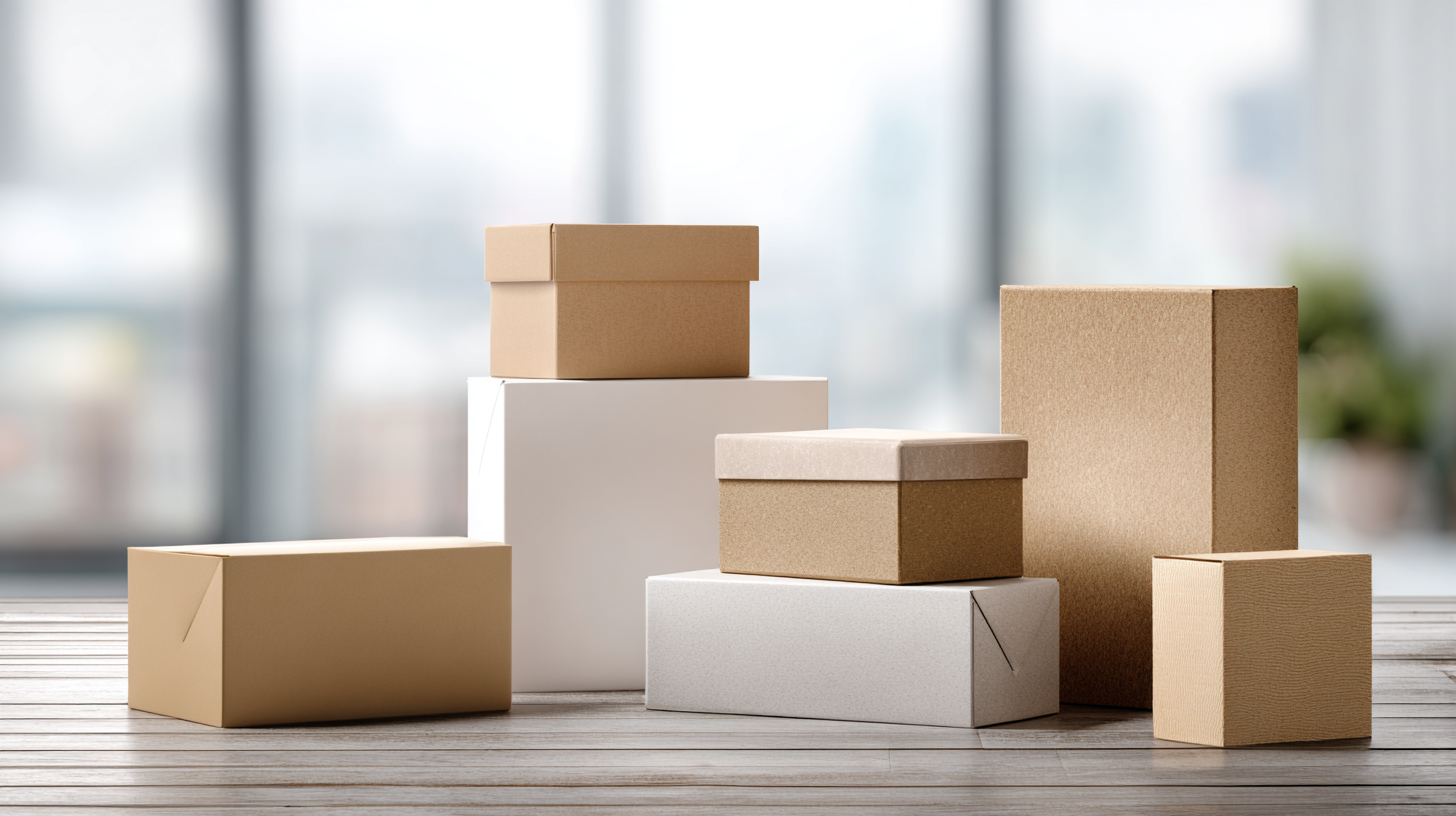
Case studies of successful implementations reveal the transformative impact of eco-friendly packaging solutions. For instance, a notable case involves a company that switched to biodegradable materials for its product packaging, resulting in a significant 30% reduction in landfill waste over a year. Furthermore, in response to water resource scarcity and environmental concerns, new packaging innovations are incorporating materials that not only protect products but also minimize environmental footprints. The International Packaging Association projects that the market for sustainable packaging will grow by 7.7% annually, demonstrating a clear trajectory towards greener alternatives that resonate with consumer values and environmental stewardship.
The rise of sustainable packaging solutions is heavily influenced by changing consumer preferences, reflecting a growing awareness of environmental issues. Customers today are more inclined to choose products with eco-friendly packaging, leading brands to rethink their packaging strategies. This shift is driving innovations among packaging vendors, who are now prioritizing biodegradable materials, reusable designs, and reduced plastic usage. Companies that align their packaging with these consumer values not only enhance their brand image but also tap into a burgeoning market segment that prioritizes sustainability.
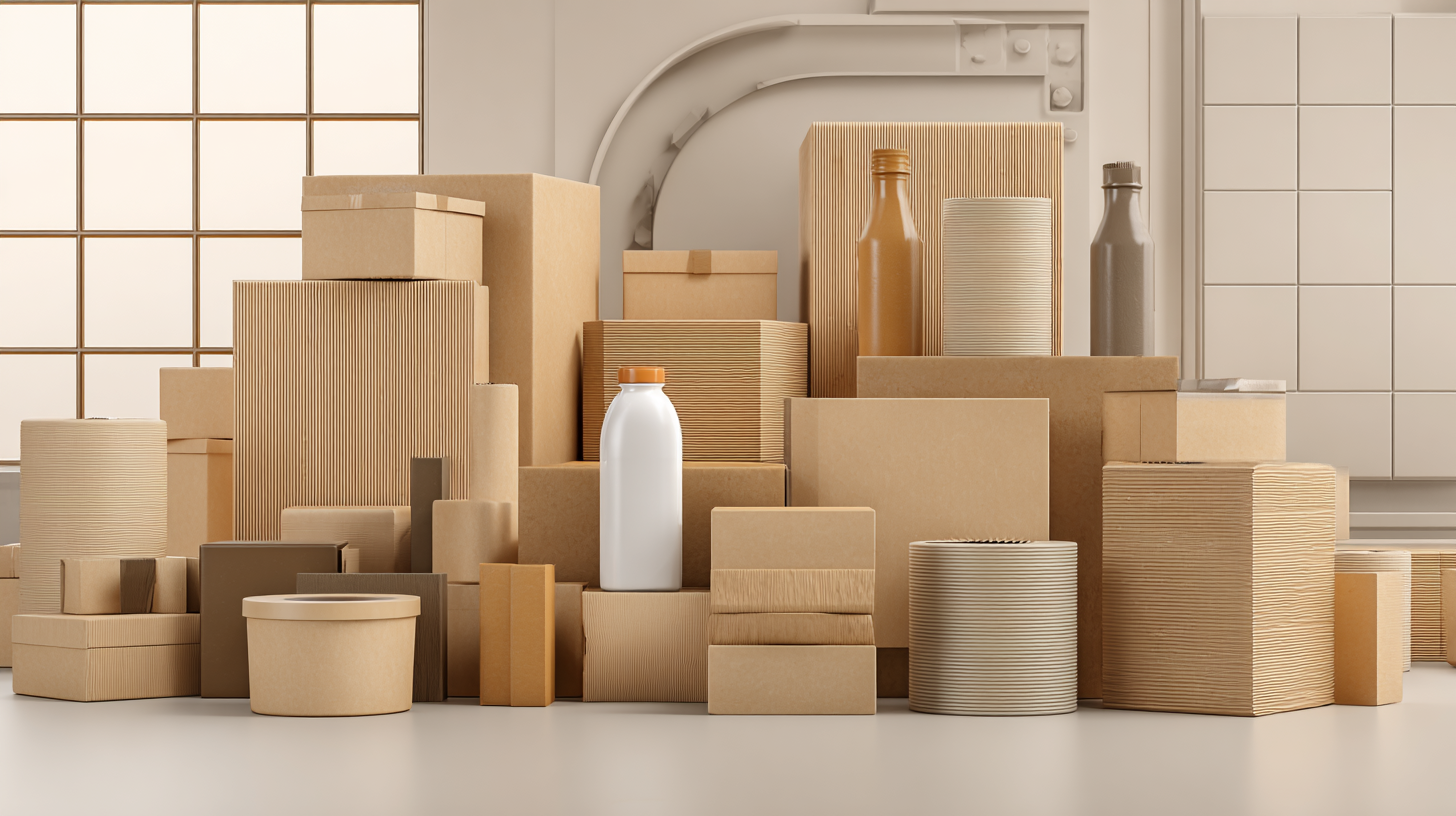
As consumers demand more transparency and responsibility from brands, packaging vendors are responding by developing solutions that mitigate environmental impact. Consumer preferences for products that utilize recycled content, plant-based materials, and minimalistic designs are propelling the growth of the sustainable packaging market. Furthermore, today's shoppers are increasingly willing to pay a premium for eco-friendly options, indicating a clear market opportunity for innovative packaging vendors to thrive in a competitive landscape. Such market dynamics are not only reshaping consumer products but also influencing production processes and supply chain management across the industry.
The growing emphasis on sustainability has led to a surge in regulatory frameworks pushing businesses to adopt innovative packaging solutions. According to a report by MarketsandMarkets, the global sustainable packaging market is projected to reach USD 800 billion by 2027, driven largely by environmental regulations. Governments worldwide are implementing stricter rules on plastic use and waste management, compelling companies to rethink their packaging strategies. For instance, the European Union’s directive to ban single-use plastics by 2021 has catalyzed the development of eco-friendly packaging alternatives, pushing vendors to innovate rapidly while complying with new laws.
Tips for businesses navigating these regulatory changes include investing in research and development to identify viable alternative materials. Collaborating with suppliers who specialize in sustainable resources can also help in ensuring compliance while enhancing brand reputation. Another effective strategy is incorporating feedback from consumers, who increasingly favor brands that demonstrate commitment to sustainability and innovation. This consumer-driven demand aligns with notable data from a Nielsen report, which shows that 73% of global consumers are willing to change their consumption habits to reduce environmental impact.
In this evolving landscape, staying informed about regulatory updates will be crucial for vendors aiming to lead in eco-friendly packaging. By proactively adjusting to these mandates, companies not only adhere to compliance but also position themselves as pioneers in the sustainable packaging sector.

